These guidelines and principles will help you create an effective outbound marketing strategy to increase a quality lead pool and generate more sales.
Outbound marketing is a type of advertising where a company directly reaches out to potential customers to make the first contact. Typically, people associate outbound marketing with outreach channels such as radio advertisements and TV, outdoor banners, telemarketing, print media, and direct mail.
However, there is also a method known as orchestrated outbound, which is the prearranged tactics that can achieve the desired objective. These tactics include ICP validation, ROI analysis, campaign strategy and optimization, research, and multi-channel outreach.
Related: 7 Easy Ways to Improve Your B2B Marketing Strategies

1. Components of an outbound marketing strategy
Everyone wants their outbound campaign to be efficient and effective. That type of successful strategy begins with the initial planning. The best way to start planning is to answer crucial questions that will point you in the proper direction.
Questions like how your product or service helps people, how it stands out against competitors or whether it blends into the background, who your target audience is, what they need the most, and the vital facet of catching their attention.
These are critical questions to ask when you start your marketing planning because they narrow your focus to areas where you can get a good return on your investment (ROI). Otherwise, you could throw everything you have at the wall to see what works.
Narrowing your focus to specific things identified by answering the questions that need upgrading will allocate your resources where they do the most good and lessen the stress of creating a plan.
Related: Connecting With Customers Through Empathy Marketing
2. What makes a product or service desirable
There’s an old saying that the value of something is what people are willing to pay when you are eager to sell. Some psychology aligns with that. Those in a desperate situation tend to sell services or products lower than the current market value.
Some business owners, such as customized clothing manufacturers and artists, have found that raising prices draws more interest and sales. People can attach a desire for an item if they consider it valuable; price certainly plays a role in that.
Products and services should have a price that aligns with their value. There are two ways to determine that. One is tangible value. Tangible value is the cost of the raw materials it takes to make the product or provide the service, adding indirect costs like staffing and operational costs and then attaching a certain percentage for profit. Many people use this method to determine the price.
However, there is also value pricing. This is more customer-oriented. That means companies determine the price of a product or service because of what a customer believes it’s worth. This follows, to some degree, economic principles of supply and demand. This is why some products cost more when they are in high order. Customers are willing to pay more for a hot item.
You can use data to determine customer value, but there are a couple of general principles to apply. Value comes when a product or service solves a problem and has a value proposition.
The value proposition is something the customer offers to encourage customers to remain loyal. Customers perceive they get the best possible value by purchasing your product or service. Value propositions include loyalty cards, cash-back bonuses at the end of a year of using your company, and other incentives.
Related: Supercharge Outbound Marketing with This Exclusive Tool
3. How to stand out from your competitors
Getting your product or service to stand out from your competition can be challenging, especially if you are in an industry with many similar products or services. You can do some things to bring more attention to your service or product.
One thing that helps tremendously, especially if you are starting your business, is maintaining a multi-channel presence. This takes a couple of months to build but is the fastest way to determine credibility and get you in front of decision-makers.
A multi-channel presence means setting up business social media pages on platforms that target the customers you want. You don’t have to be on every platform, but you should be on at least three or four. You should also have your company webpage and also join as many online communities or business channels as you have time for.
Related: How to Stand Out As a Leader in a Saturated Market
You may also consider direct sales platforms like Thumbtack or Angie’s List. There are also platforms geared toward specific industries like health, event planning and catering, and home repairs. Getting on these platforms will get your business seen by people looking for a particular service or product.
It also does something else. It gets your business listed all over the internet. That helps bring in customers. When researching products and services, customers give more credibility and value to a business they see in multiple searches. This gives them the perception you’ve been around and have built a reputation.
Messaging is essential both to target customers and when you talk with decision-makers. Most people will decide whether to consider your product or service within one minute or two of looking at your information. They may not fully decide to use your business at that minute, but they will decide whether to consider you or throw your information to the side. You need a message that matters.
A solid message should address problems your potential clients or current customers have and how you solved them. That hook keeps them looking, so it should be prominent. Follow that with information about what your business offers and close with any special deals you include.
Related: Help Your Local SEO With These 9 Types Of Content
Reviews are becoming more critical, and most potential customers will not only look at reviews but will use reviews to make their final decision. It is essential when happy customers post great reviews on social media and your business website.
That may be challenging because customers don’t always consider writing a positive review. They will jump to write a negative but delay the positive ones. You will need to contact every customer afterward with a link and a note asking them for a quick review. Assure them it will only take a couple of minutes, and you will get responses.
Make sure you balance out reviews between your website and social media pages until you have a program where a review cross-posts. You don’t want all of your reviews in one spot. They need to be spread out.
Related: 6 Ways Your Brand Can Stand Out From The Competition
4. The fundamental aspects of a successful outbound strategy
Marketing is all about sales. The goal of marketing is to increase your sales. Your goal is to obtain leads that provide you with the revenue that meets your company’s goals. An outbound marketing strategy should be built around intelligent data analysis and numbers that practically guarantee success. Then, an efficient and effective process is repeated to close deals.
This means that sales and marketing must work together. Marketing should support sales, and sales should identify their needs to those in marketing so they can build an appropriate strategy.
Outreach campaigns should be tracked so they can be optimized using the collected data. Data contains all kinds of tidbits and goodies that tell you what customers are looking for, how they view your presence, and what attracts or discourages them from your product or service.
5. Choosing channels for the outbound marketing strategy
When building an efficient outbound marketing strategy, it is best to use a combination of phone calls and email sequences. Note that these resources include the time, effort, and money you will need to acquire a specific prospect’s attention. Moreover, consider a resources-to-efficiency ratio when estimating the value of these channels. Additionally, take into consideration the number of high-quality leads. For instance, many people may see your advertising, but only a few can fit your buyer persona.
Of course, there are other combinations of channels that work equally well. You can also use the web, social, offline, and ad sessions for your outreach strategy. Cohesive coordination between all these channels will create a powerful marketing strategy.
After all, when you target specific individuals, why wouldn’t you use all relevant channels that your prospect is most likely to respond to?
For optimal results, send cold emails first. Once the prospect opens your email or replies to it, make a phone call. Ensure to deliver a relevant message that addresses your prospect’s goals or focuses on the pain points. In addition, explain why your service or product is the solution they need.
6. Tips for cold messaging
It’s never easy to do cold calls, and cold messaging is even worse. How do you know what will intrigue the potential customer enough to call or contact you? A great salesman who was a top salesperson in a national company for more than 30 years said building a customer relationship is a lot like dating. You don’t want to dump a lot of information on them at once. You move forward and let them move forward. Keep a natural pace so they feel safe.
That can be applied to cold messaging. Overloading a potential customer with messaging isn’t wise. It would be best if you were concise and friendly, identified the point, and focused on the person’s problem with a solution. The value of your product or service should appeal to be rational and reasonable.
You need a call-to-action, but that can vary depending on the customer. For some, it would be to call you back. For others, it would simply be a statement that you would like to talk to them and would love to know their schedule. You should also offer texting or email as an option, as many people want to use those, especially when they don’t know the person well.
Related: 12 Powerful Email Marketing Tips You Need To Know

Article by Baruch Labunski
ENTREPRENEUR LEADERSHIP NETWORK CONTRIBUTOR
CEO of Rank Secure
Baruch Labunski is an entrepreneur, internet marketing expert, and author from Toronto. He currently serves as CEO of Rank Secure, an award-winning web design, and internet marketing firm.













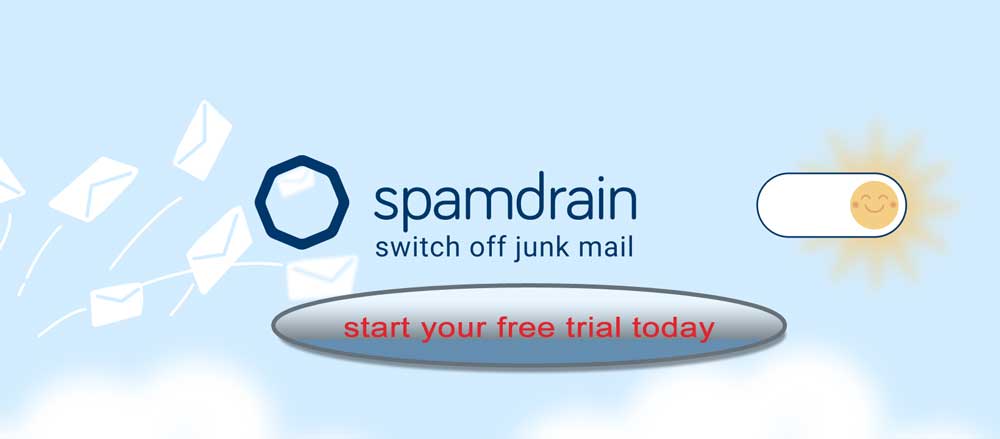







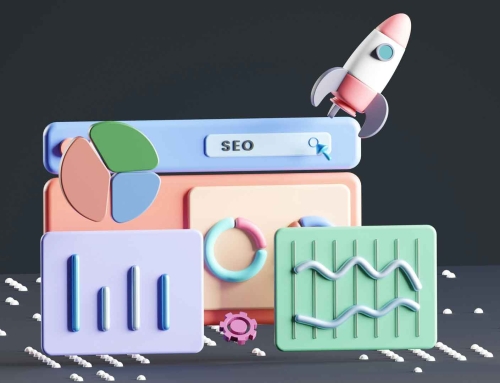
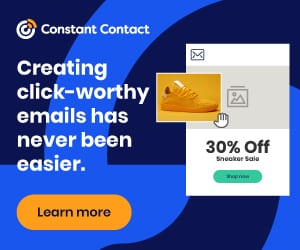

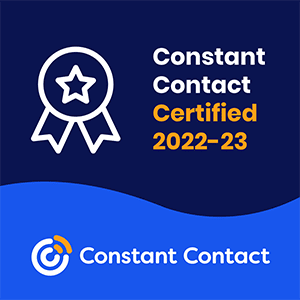

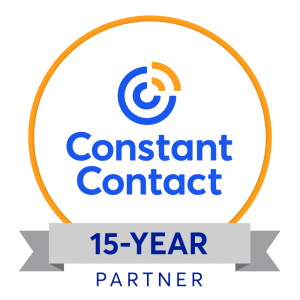
Leave A Comment
You must be logged in to post a comment.